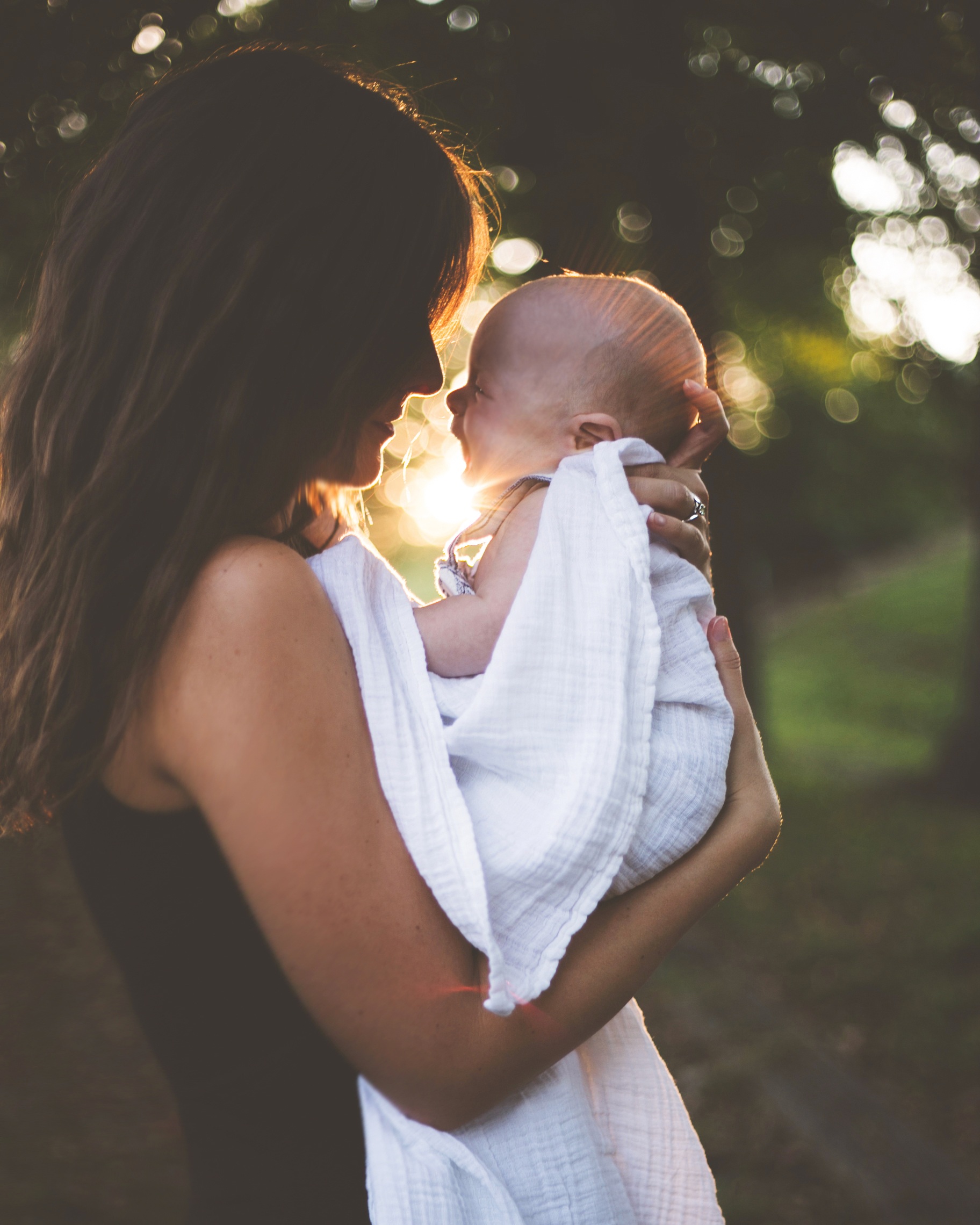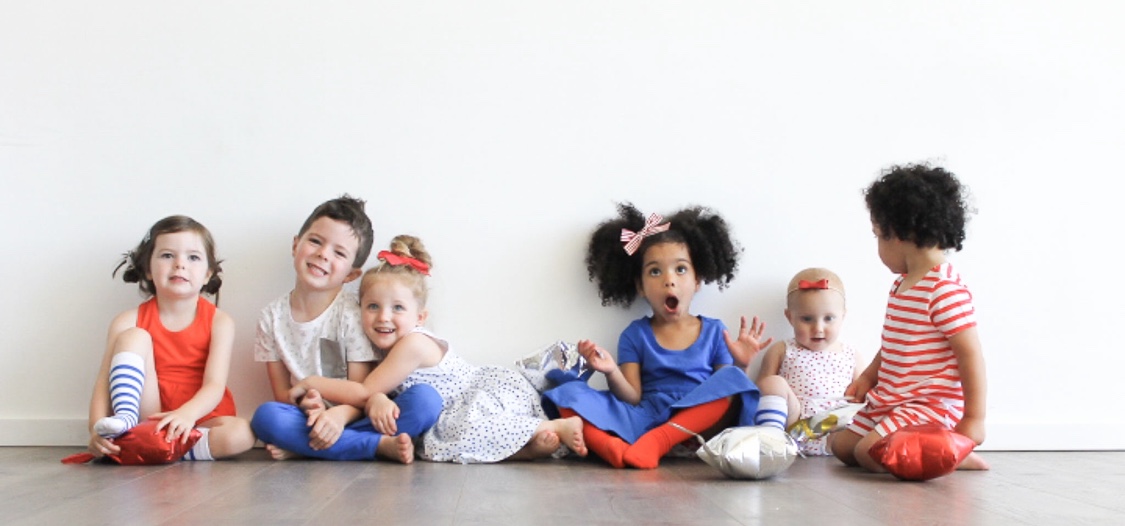Spring Daylight Savings Schedules
Are you an early morning Mama or late-night margarita Mama?
I LOVE the Spring forward time change because you get some choices. We don’t get many choices when it comes to when our babies or toddlers wake up in the morning, exactly what time they nap (b/c hello meltdowns), or maybe even the hour you’d prefer them to go to bed. But that’s all about to change because with the daylight savings spring forward, you actually DO get to choose. You get to choose whether you’d like to KEEP your winter sleeping schedule, OR have your kids sleep in later, like on the daily. Wanna know how? Keep reading (and grab a free schedule if you don’t already have one below to start with):
The most common mistake made on DLS Day:
I have a good friend nearby who often travels for work, and we joke that she leaves her husband to deal with any sleep issues that need a quick fix. Last year, same time change, she left for a 3-day work trip the night before daylight savings. Now, her hubby was pretty good at alllll the baby sleep tricks and was SUPER happy his baby slept in an extra hour that Daylight Savings Sunday morning. However, later on at bedtime, his "easy-to-bed" daughter screamed for a full hour after lights out night after night. Was baby just missing Mom? Was she overtired? Maybe he didn’t feed her enough? This went on for three full nights, until his wife finally returned home— and prepared for a bedtime battle and after her husband put baby down…..silence. And then her baby closed her eyes, and fell asleep softly. The couple was totally confused- what just happened??
Here's what happened.
Every child has a night here or there where they test the waters with your boundaries when it comes to bedtime (which is super common at every age, ok??). However, in my business I look for PATTERNS, or a sleep issue that occurs more than 3+ nights in a row, which indicates that a sleep association/issue is possibly developing. Although the sweet baby from the story above was used to getting up at 7am (which was now 8am), Daddy tried to put her down for bed at her NORMAL bedtime of 8pm (which, YUP, was actually 7pm prior to the change, a whole hour earlier than normal). Encouraging bedtime more than an hour early is what caused the bedtime battle in this particular scenario. The husband chose the “sleep in” schedule, not the “go to bed early one”.
Sample Before & After 1-Nap schedule:
Before: Wake at 7am
After: Wake at 8am
Before: Nap 1pm
After: Nap at 2pm
Before: Bedtime at 8pm
After: Bedtime at 9pm
Sample Before & After 2-Nap schedule
Before: Wake at 7am
After: Now wake at 8am
Before: Naps at 10am and 2:30pm
After: Naps at 11am and 3:30pm
Before: Bedtime at 8pm
After: Bedtime at 9pm
Sample Before & After 3-Nap schedule
Before: Wake at 7am
After: Now wake at 8am
Before: Naps at 9am, 12pm, 4pm
After: Naps at 10am, 1pm, 5pm
Before: Bedtime at 8pm
After: Bedtime at 9pm
Now, here's where you get to pick:
SLEEP IN......OR GO TO BED EARLY?
If you chose Sleep In:
You'll have to now stick to the "After" schedule religiously, offering nap one hour later than “normal” and bedtime one hour later than “normal”, which is technically the same time prior to the time change; no new schedule or shifting necessary. Need a new custom schedule to follow? Click here to get a free one straight to your phone!
If you chose Go to Bed Early:
You'll have to slowly work back to your "Current" or "Before" schedule by putting your child down for nap 30 minutes later, and down for bedtime 30 minutes later for at least 5-7 days. If you're using the "after" schedule to achieve this, then nap time would be 1:30pm, and 8:30pm bedtime. After a full week, move nap back to your "before time" and bedtime back to your "before bedtime" and your child should begin waking at the normal time again. Did that make sense? Email me with your child’s current schedule prior to Daylight Savings and I'll take a look at your schedule and give recommendations to achieve your “perfect” wakeup time and bedtime, and successfully shift your baby’s schedule after the March Daylight Savings.
If you want to be proactive and start to work on your child's sleep schedule BEFORE Daylight Savings wreaks havoc on your life (GREAT solution if you have kids in school or have to drop them at daycare/sitter):
Simple! Set your alarm for 30-60 minutes earlier than normal, and wake your kids up. Lots of activity and outdoor play, or mentally stimulating indoor play at a play gym or children's learning center. Put your baby or toddler to down for naps 30-60 minutes earlier than normal for naps and bedtime. Voila, day of the time change, you can sit back and relax, because your children’ schedules are already adjusted for Daylight Savings.
Oh I forgot. Did I mention it's going to be SUPER BRIGHT at 5am now also?
If you want your child to sleep past 5am, you NEED a blackout shade before March. Not just those fancy Pottery Barn blackout curtains, a blackout SHADE. To shift a schedule, the room needs to be DARK. The sun rises on East-facing windows, signally your child's internal clock that it's time to get up! Ain't nobody got time for waking up that early. Here is our favorite, fool-proof window cover that works better that tin foil, and comes on & off a whole heck of a lot easier, and customized to your window size even for under $50! Totally worth the extra zzz's if you ask me. Otherwise your day is about to start REALLLL early. Buy the shades.
In the end, always be sure to use my “Sleep and the City” rules for successful sleep shaping:
The same sleeping environment is encouraged ( meaning one place over and over, or to start, at least one nap in the desired sleep place per day).
Swaddle (0-6 months) for nighttime and nap times as needed; we love how easy this is with the Ollie Swaddle and this link will get you 10% off ;)
White noise is continuously running; a one with low rumbling is best like our fave from Hatch Baby
Room is completely dark for naps & nighttime (nightlight over 2+ years ok). Black Out Shades are highly, highly recommended prior to the change!
Pause for 1-5 minutes before rushing in, sometimes children cry out momentarily in their sleep and fall right back asleep thereafter, but not if us adults are busting into the room to save them
Sometimes you need a bit more help aside from only schedule shifting, so grab one of my online self-paced sleep classes that never expire! Take a peek at my sleep classes and DIY guides by clicking the button below, for kids age 0-4 years!
As always, contact me if you need any help and I'll be glad to take a look at your situation and recommend some great fixes that fit your lifestyle and child's temperament. Have a great day everyone!
More Examples:
Daylight Savings Baby Sleep Tricks: March "Spring Forward" Time Change and How to Shift a Schedule









